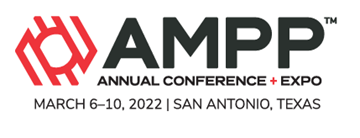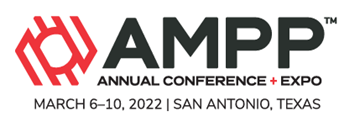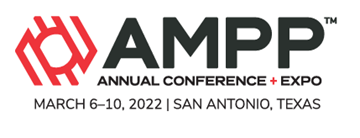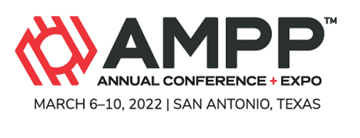Search
Products tagged with '2022 conference papers'
View as
Sort by
Display
per page
Development Of Multilayer Coating Systems For Self-Healing Protection And Corrosion Mitigation In The Atmospheric Zone Of Offshore Wind Turbines.
Product Number:
51322-17691-SG
Publication Date:
2022
$20.00
Development Of Technique For In-Situ Measurement Of Oxide Film Thickness In High Pressure And High Temperature Environments
Product Number:
51322-18211-SG
Publication Date:
2022
$20.00
Development Of The Multipurpose High Strength Super Austenitic Stainless Steel UNS N08034 By Cold Working For Challenging Oilfield Environments
Product Number:
51322-17720-SG
Publication Date:
2022
$20.00
Development Of The NACE “MR-01-75” And NACE “TM-01-77” Standards: Part I – Field Observations And Metallurgical Factors
Product Number:
51322-17525-SG
Publication Date:
2022
$20.00
Developments In Abrasive Blast Nozzle Technology: Reducing Noise Exposure While Preserving Nozzle Performance And Usability
Product Number:
51322-18086-SG
Publication Date:
2022
$20.00
Digitalization: Why It Matters [To AMPP Members] And How To Realize The Benefits
Product Number:
51322-17656-SG
Publication Date:
2022
$20.00
Downhole Sour Corrosion And Scale Deposition In Oil Wells
Product Number:
51322-17694-SG
Publication Date:
2022
$20.00
Dual Functional Corrosion Inhibitor Design And Testing For Top-Of-Line And Bottom Of Line Corrosion
Product Number:
51322-17787-SG
Publication Date:
2022
$20.00
Effect Of Antimicrobial Halophilic Plant Extracts On Microbiologically Influenced Corrosion (MIC)
Product Number:
51322-18089-SG
Publication Date:
2022
$20.00
Effect Of Cr On Corrosion Performance Of Steels In Supercritical CO2 Environments
Product Number:
51322-18049-SG
Publication Date:
2022
$20.00
Effect Of Dissolved Oxygen On The SCC Susceptibility And Oxidation Of Cold-Worked 316L SS In PWR Primary Water
Product Number:
ED22-17254-SG
Publication Date:
2022
$20.00
Effect Of Environmental Parameters On Atmospheric Corrosion Of Infrastructures Of Canada
Product Number:
51322-17819-SG
Publication Date:
2022
$20.00

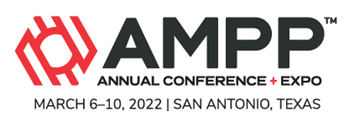

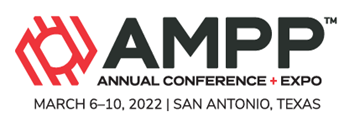
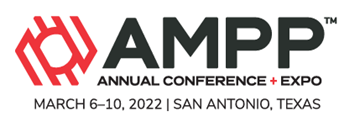
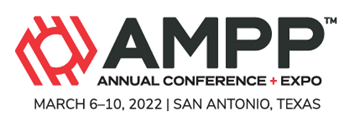
![Digitalization: Why It Matters [To AMPP Members] And How To Realize The Benefits Digitalization: Why It Matters [To AMPP Members] And How To Realize The Benefits](https://nacestoreimages.blob.core.windows.net/images-thumbs/0089300_digitalization-why-it-matters-to-ampp-members-and-how-to-realize-the-benefits_360.png)
